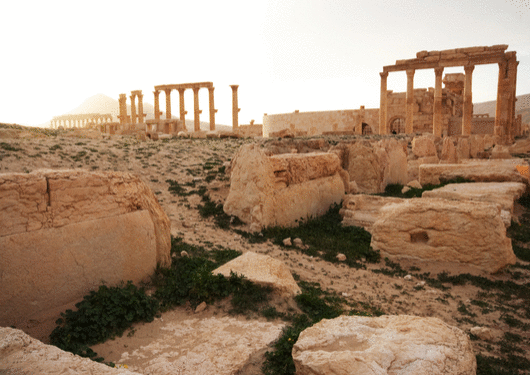
Visit Our Sponsors |
|
|
|
|
|
|
|
|
|
|
|
|
|
|
|
|
|
|
|
|
|
|
|
|
|
|
|
|
|
|
|
|
|
|
|
|
|
|
|
|
|
|
|
|
|
|
|
|
|
|
|
|
|
|
|
|

Al-Hassan, a 28-year-old Syrian, says he started to trade antiquities in 2015 after being contacted by a top official of Islamic State who sought his archaeological expertise to find Western buyers.
Later, he became a cog in an international supply chain smuggling art looted by ISIS.
ISIS’s territorial grip is fading fast: Iraq has declared victory over the terrorist group in Mosul and ISIS is fighting to hold its self-proclaimed Syrian capital Raqqa — the last major city under its control. But the group’s legacy of looting will linger for many years, law-enforcement officials say, in much the same way that art looted by the Nazis continues to surface 70 years later. The ancient statues, jewelry and artifacts that ISIS has stolen in Syria and Iraq, are already moving underground and may not surface for decades, according to these officials and experts in the trade.
“Once looted in Syria and Iraq, objects enter a gray market shrouded in secrecy,” said Michael Danti, an archaeologist who directs the Boston-based Cultural Heritage Initiatives and advises the U.S. State Department on the looting of antiquities in Syria. “It’s a problem that will stay with us for years to come.”
Western security officials say they expect revenue from looted antiquities from Iraq and Syria to become an increasingly important source of money for ISIS if its other revenue streams, such as oil, continue to dwindle.
RELATED CONTENT
RELATED VIDEOS
Timely, incisive articles delivered directly to your inbox.







